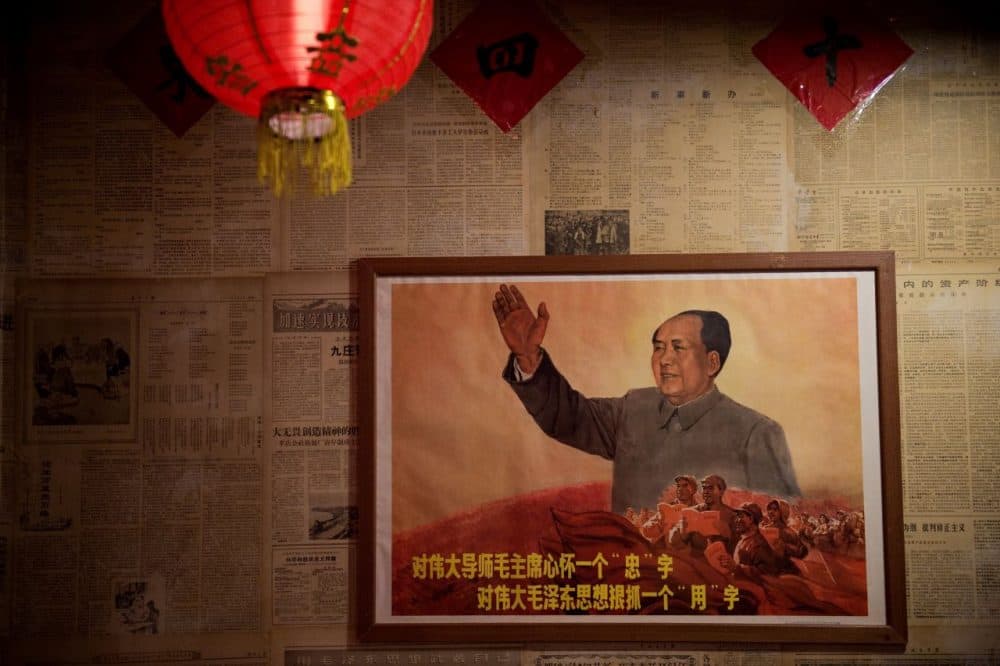Advertisement
Trying To Make Sense Of China's Cultural Revolution
Resume
Mao Zedong, chairman of the Chinese Communist Party, launched the Cultural Revolution 50 years ago this month. The movement was designed to re-assert Communist ideology and purge his enemies, but it devolved into a period of chaos and violence, with hundreds of thousands of people killed. And later, even the Communist Party labeled it a catastrophe. We ask Guobin Yang, who has studied the Cultural Revolution, to help us understand what happened.
Guest
- Guobin Yang, professor of communication and sociology at the Annenberg School for Communication at the University of Pennsylvania. He tweets @yanggoubin
This segment aired on May 13, 2016.